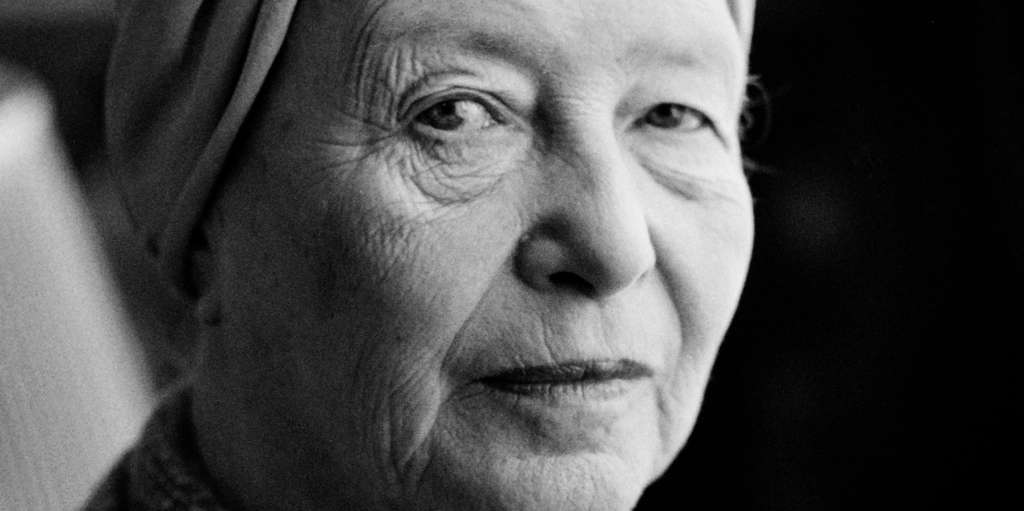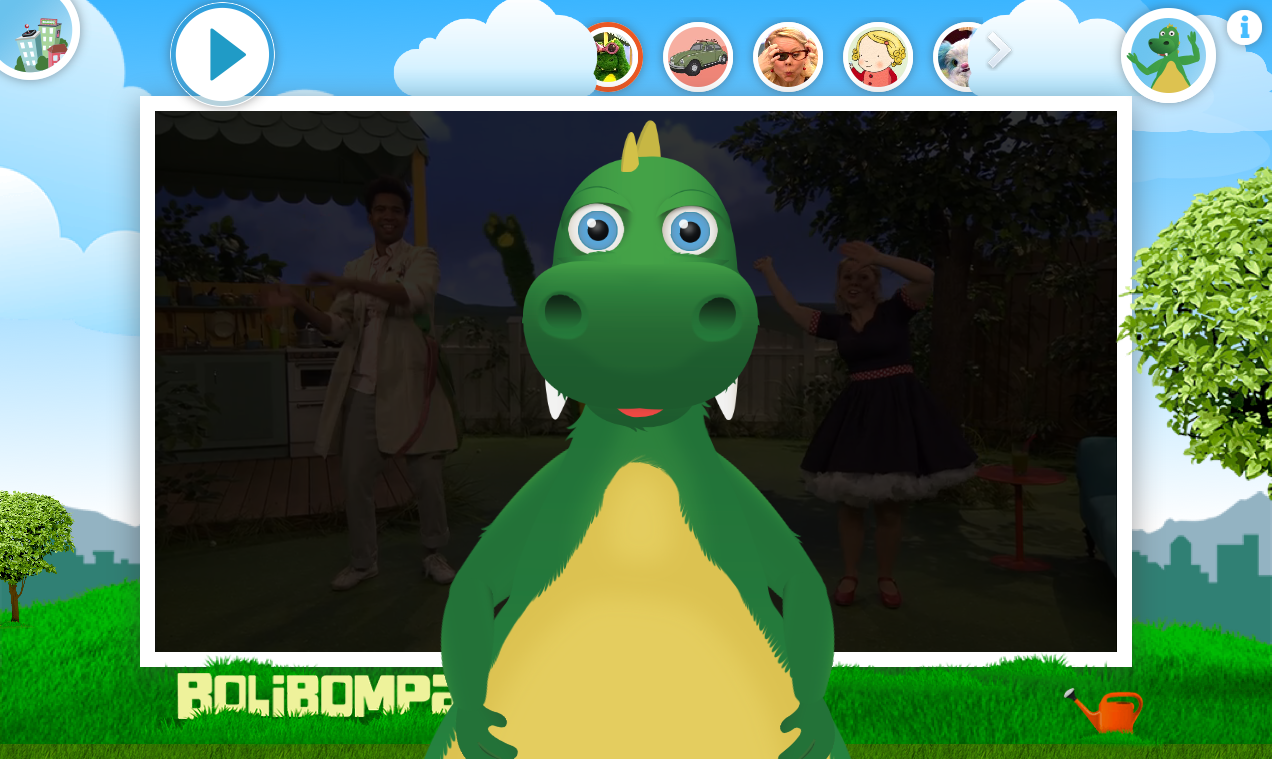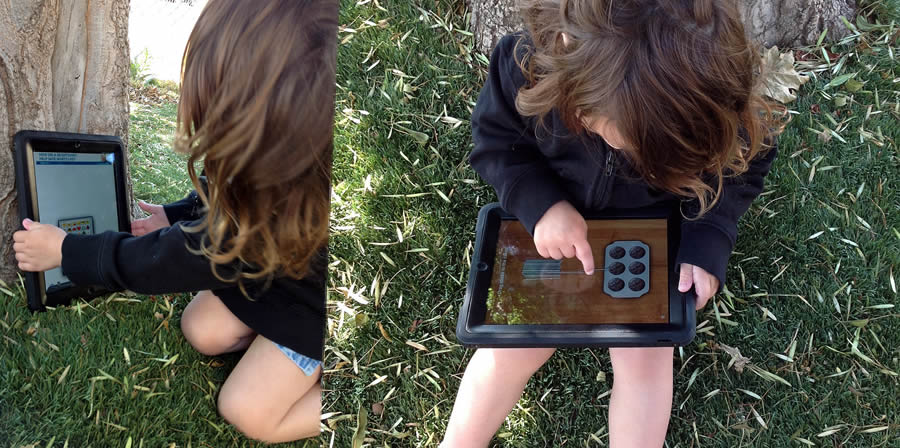I love to understand humans and their desires (or, at least some humans). I also don’t want to waste time by helping to build products that will not help people make their lives better. This perspective makes me human-centered.
When I propose that the Springer Nature Librarian Portal should contain a way to connect different metadata from Springer Nature, it’s because usage analysis librarians (a group of humans) will be able to better serve their colleagues, and in the long run their students and researchers.
When I propose that restaurant sites should make it clear if a stroller can fit at the table, it’s because parents (a group of humans) should be able to make good dining choices.
I believe that taking a human-centered perspective is one of the best ways to create products that humans desire, and thus will pay for and/or use.
The agile manifesto and Marty Cagan tells us (among other things) to work in human-centered, autonomous teams.
All parts of the “product definition” work can take a human-centered perspective. Desire and Usability are per definition human-centered, but also Viability and Feasible can take the perspective and thus give a lot of focus to the humans in “the business” and the human engineers, respectively.
Product delivery can also be human-centered if we so desire. But when technical systems are created there are many tasks that actually benefit from the engineers focusing on something else than humans (despite the fact that the outcome of the tech work should benefit humans).
Being human-centered is therefore a philosophy.


